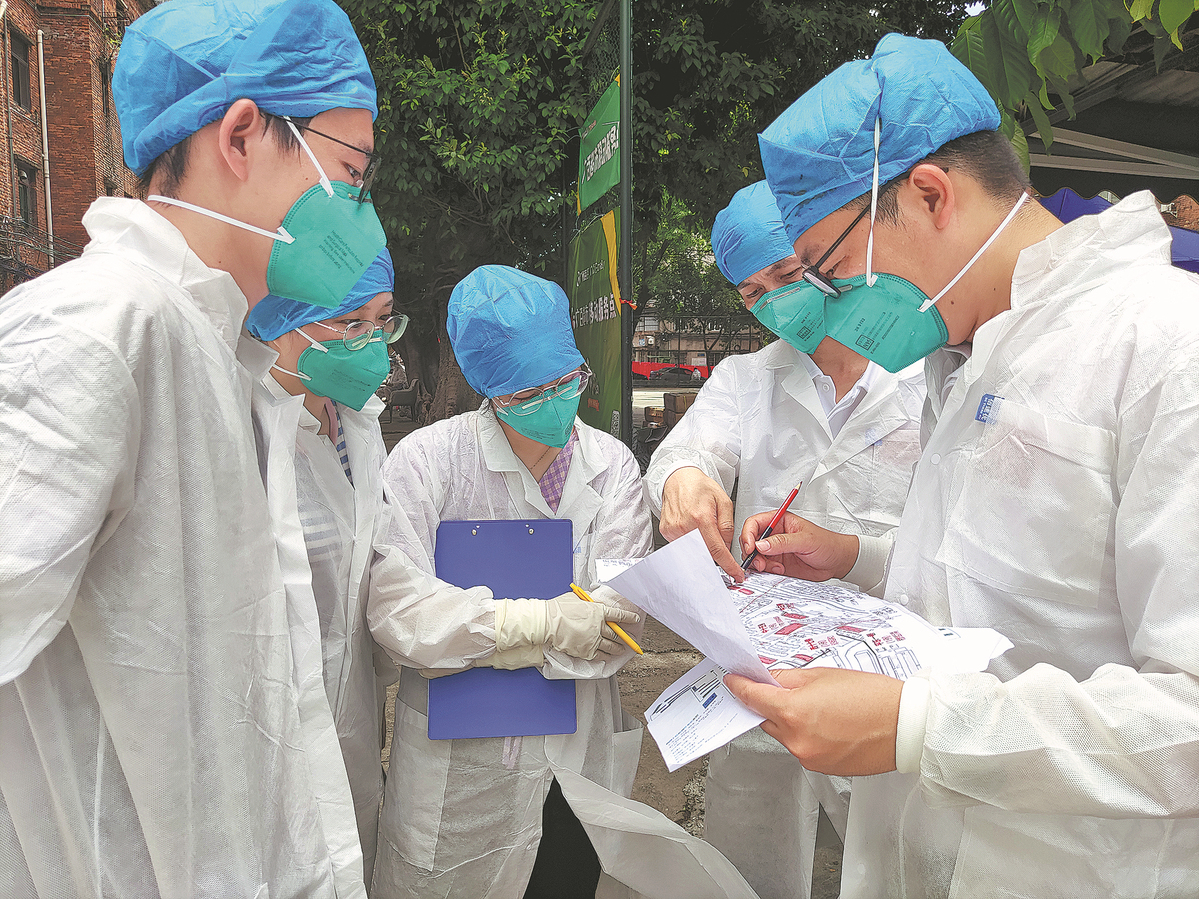Progress made in public health


Improved response, increasing attention key for infectious disease control, CDC expert says
More monitoring of contagious diseases, more sophisticated lab testing and a greater emphasis by the government are among the changes Kang Min has seen in public health in his 18-year career.
In Guangdong, where Kang serves as director of Guangdong Provincial Center for Disease Control and Prevention's Institute for the Prevention and Control of Infectious Diseases, surveillance points for infectious diseases were established following the 2003 SARS epidemic. Today, the surveillance networks have broadened to include medical institutions at both the county and district levels.
Nucleic acid testing was once possible only at disease control and prevention centers at the provincial level or in major cities. But now the tests are widely available.
"Decision-makers have paid more attention to the advice of public health professionals as scientific capabilities, including data analysis, have progressed," Kang said, noting that public health refers both to people and to safe public spaces. "So, precision is needed to assess possible impacts of a disease on society."
During his career, Kang has joined the fight against a number of infectious outbreaks, including those related to dengue fever, the H1N1 flu, Zika virus, Middle East respiratory syndrome (MERS) and COVID-19. He received the national Most Beautiful Doctor award in August, along with a handful of other medical workers.
The public health sector, through its disease monitoring network, has maintained its emergency response status over the past two decades, Kang said. "Phones are available around the clock to receive any urgent report from any township."
"The report is automatically directed to related personnel who will analyze it and judge whether the situation is significant, whether it is a seasonal matter or whether it's abnormal and requires an immediate response," he said.
An urgent case arose in 2015, when an international visitor was found to be infected with the dangerous MERS virus in Huizhou, Guangdong. One of Kang's colleagues was taking a shower at night when the information arrived. The colleague immediately exited the shower, dressed in a hurry and rushed to his post in the city.
The rapid response of the team helped keep the virus from spreading, and the patient recovered.
The quick emergency action won the praise of the World Health Organization.
After that, the practice of tracing the movements of people who have had close contact with an infected person — drawing on cooperation with other institutions, the use of big data and other measures — has helped suppress epidemics, Kang said.
The concept of public health has been received well over the years, he said. During his research tour in parts of Guangdong before this year's Spring Festival, immediately after COVID-19 control measures were relaxed, Kang saw that grassroots medical workers and officials worked long hours to prevent severe cases, distribute medicines and supply daily necessities.
"At a nursing home, the workers were happy to have us there," he said. "They showed us around the facility and asked for our advice for better protection of the elderly people. To me, that meant they recognized the importance of our work and reflected their sincere desire to serve the elderly well."
Kang likened public health workers to guards in a lookout tower who can sound an alarm, adding that the public may be just one airline flight away from a new infectious disease.
Looking ahead, Kang sees global public health cooperation as necessary because diseases can cross borders in a hurry. "They are frequently not confined to one place. Cooperation needs to be enhanced and optimized through better mechanisms, including interagency coordination and regional communication," he said.
On the technical side, surveillance and early warning systems need more information technology support to make them more flexible and sensitive, Kang said, adding that continuous efforts are necessary to raise the professional caliber of health workers.
























